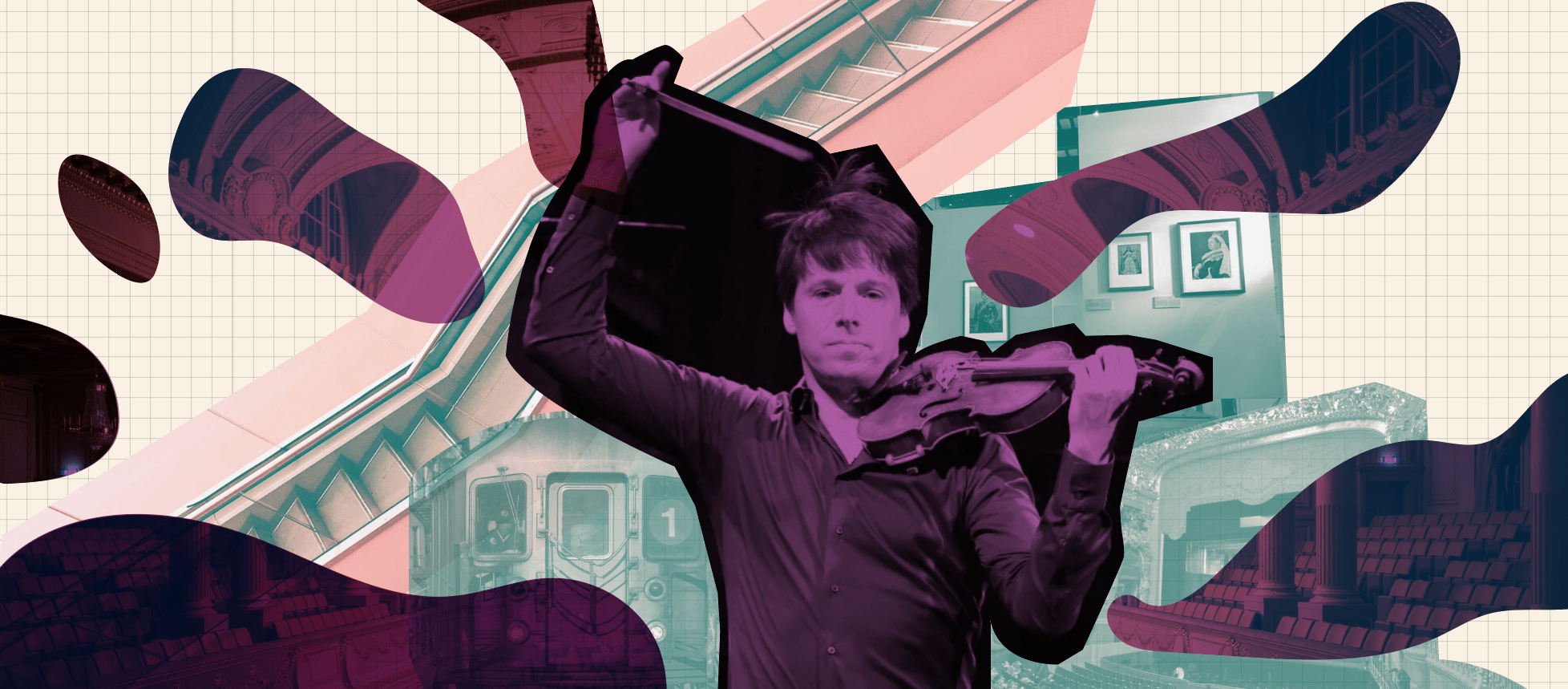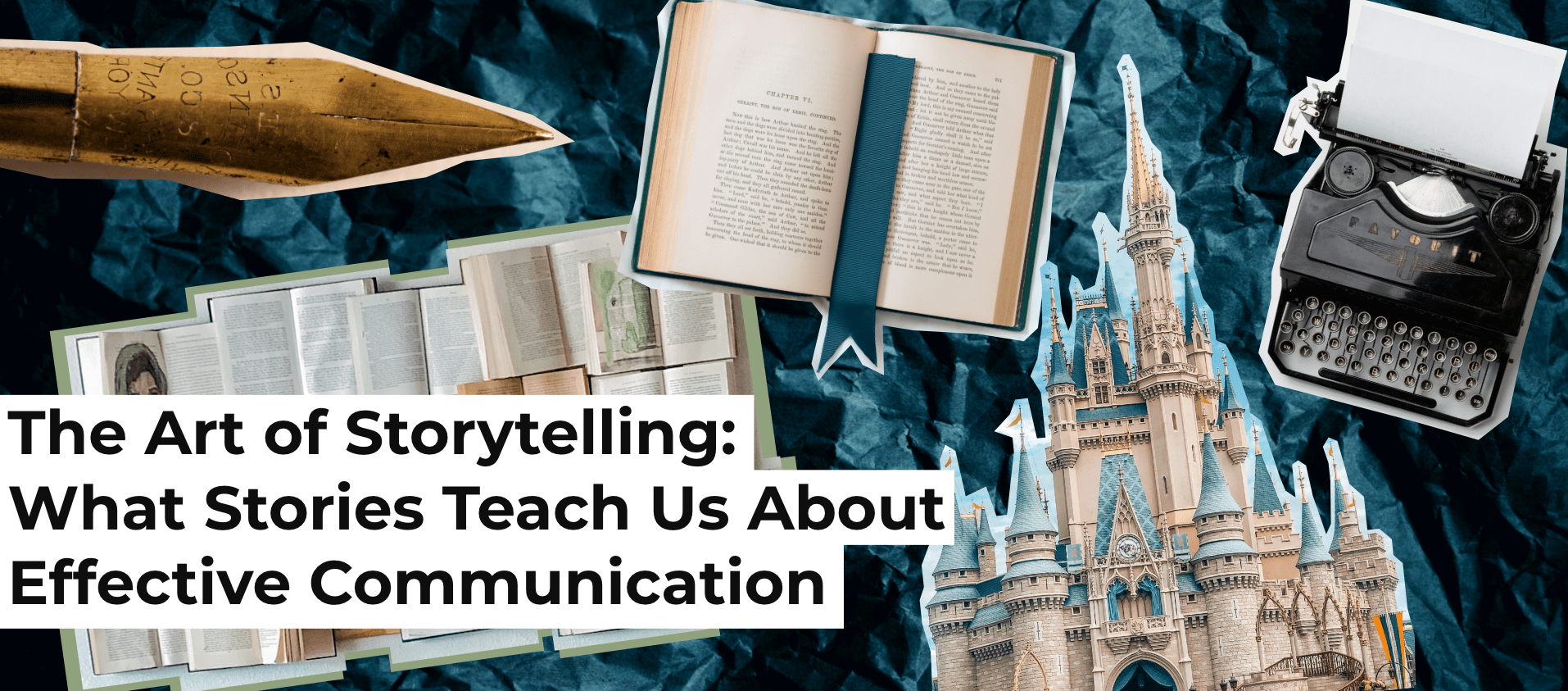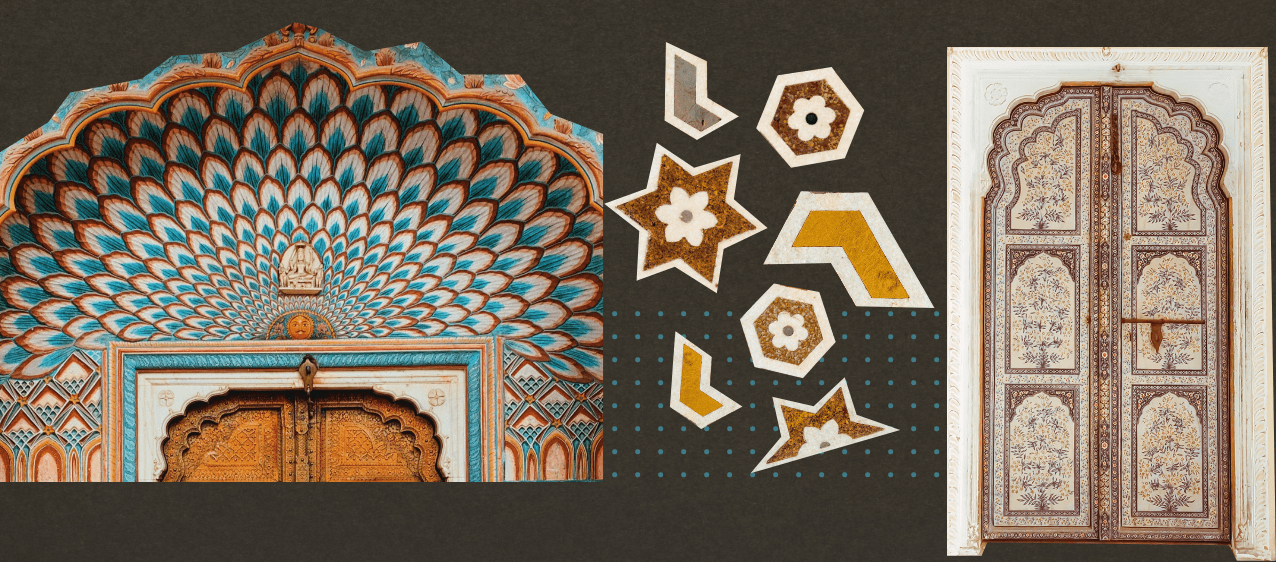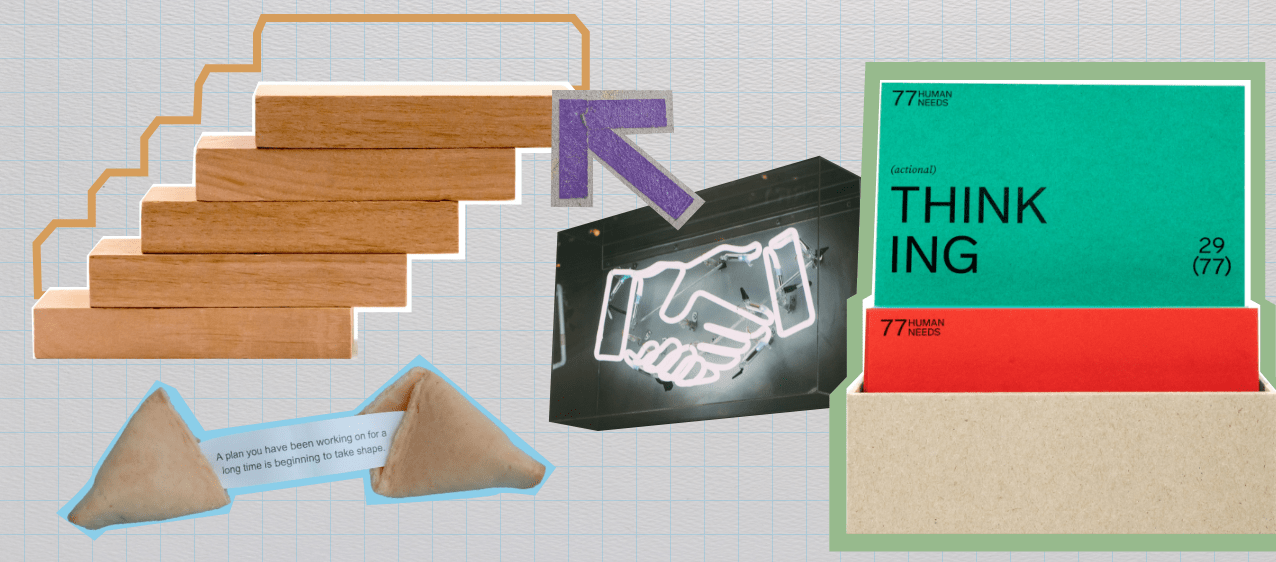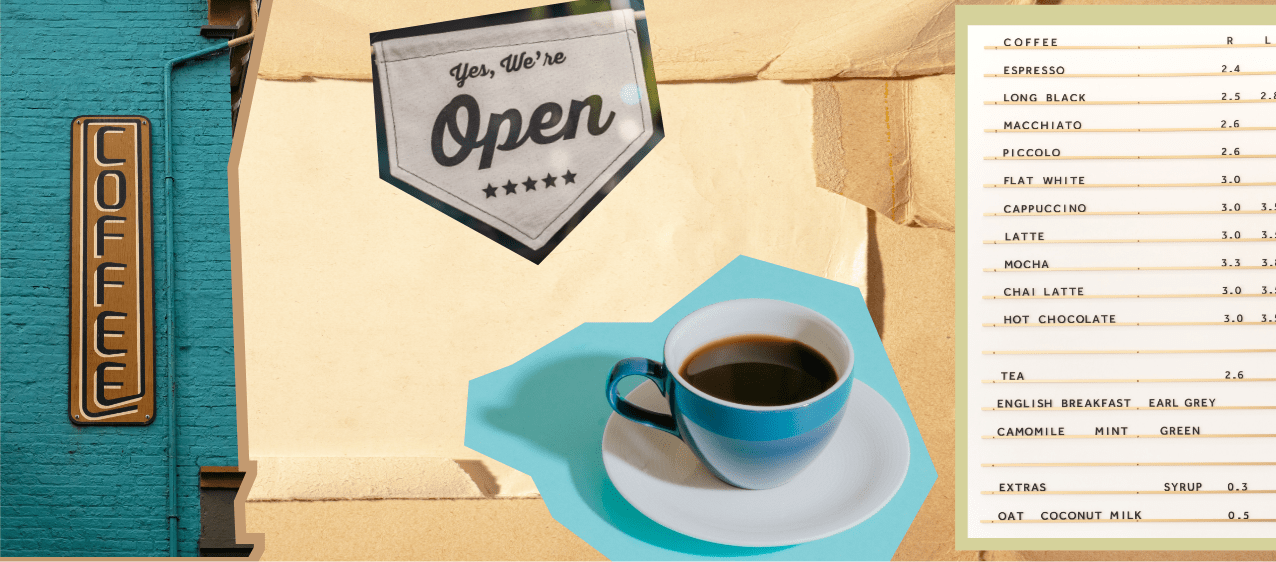The Art of Storytelling: For Brands and Organisations
Storytelling is common across cultures and communities around the globe. It is a medium through which we try to comprehend the world and our feelings about it. Thus most of the popular forms of story-telling such as myths, legends, folktales, and other living traditions attempt to communicate the prevalent practices of society at any given time, and sometimes offer a lens to view them through.
Stories exhibit a linear narrative to allow for an exploration of the timelines of their characters. We experience the arc of who the characters once were, the obstacles that befell them, and how they responded to these obstacles to emerge transformed (in mind, body or feeling).

Similarly, we also define internal narratives; about who we are, who we wish to be, and the lives we hope to lead. It is influenced by our consumption of various material things: the clothes we wear, the food we eat, the places we visit, and so on. Thus, in the process, we allow brands to assume an important role in exploring our story.
Today the brands that we associate with, or wish to associate with say volumes about our aspirations. And to ensure we keep them embedded in our memories, most brands use story-telling as a form of effective communication.

To understand how this takes place, famous consumer behaviour specialist Simon Sinek explains that the success of a brand story is in the clear & effective communication of the ‘Why’ – the purpose behind the brand’s existence. Sinek observes the importance of conveying the truths of the brand in the form of a narrative; he says that communicating that passion ‘is a way of communicating with the listener’s limbic system’. The neural shift that takes place in the audience as they process different feelings while reading a story (such as trust, loyalty etc.), according to Sinek, is at the core of decision making.
Several lifestyle brands thus communicate an experiential tone, which gets closer to each person’s deeper convictions. For example, they may focus on the aspects of “travelling”, being “Indian inspired”, or “socially conscious”. Associating with such a brand not only ticks boxes for a person who sees themselves being those things, but it also gives them the sense of participating in larger shared narratives of luxury, comfort, and environmental awareness. Think GoodEarth’s artisanal heritage, FabIndia’s craft-driven utility or H&M’s recycling initiatives.

To take the example to Nike’s brand story which is encapsulated in its tagline ‘Just Do It’. The tagline invigorates and encourages customers to take the leap – run, swim, jump, climb, achieve, evolve, whatever it is – ‘Just Do It’. A much-needed, and universally desired affirmation for every aspirant, who craves greatness.
Nike’s story gives customers a feeling of participation and inclusion in its narrative. By using a Nike product, you are joining the club of do-ers, stepping into (quite literally) the shoes of the great athletes who came before you.





